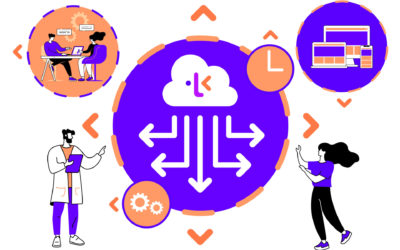Key Aspects of Project Release
Deployment:
The actual process of delivering and installing the product or service in the production environment where end-users can access it. This involves transferring files, configuring systems, and ensuring all components are operational.
Final Testing and Quality Assurance (QA):
Before a project is released, it undergoes rigorous final testing to ensure that all functionalities work as intended, performance standards are met, and there are no critical bugs or issues. This often includes user acceptance testing (UAT), where end-users validate the product’s functionality.
Documentation:
Comprehensive documentation is prepared and made available to users. This can include user manuals, installation guides, troubleshooting guides, and release notes that detail what has been changed, added, or fixed in this release.
Communication:
Effective communication plans are implemented to inform all stakeholders about the release. This includes internal team members, customers, and any other relevant parties. Communication might take the form of emails, meetings, newsletters, or social media updates.
Training and Support:
Training sessions or materials are provided to ensure that users understand how to use the new system or product effectively. Post-release support is also crucial to address any issues or questions that users might have.
Monitoring and Feedback:
After the release, the project is closely monitored to ensure it functions correctly in the live environment. User feedback is gathered to identify any issues or areas for improvement.



